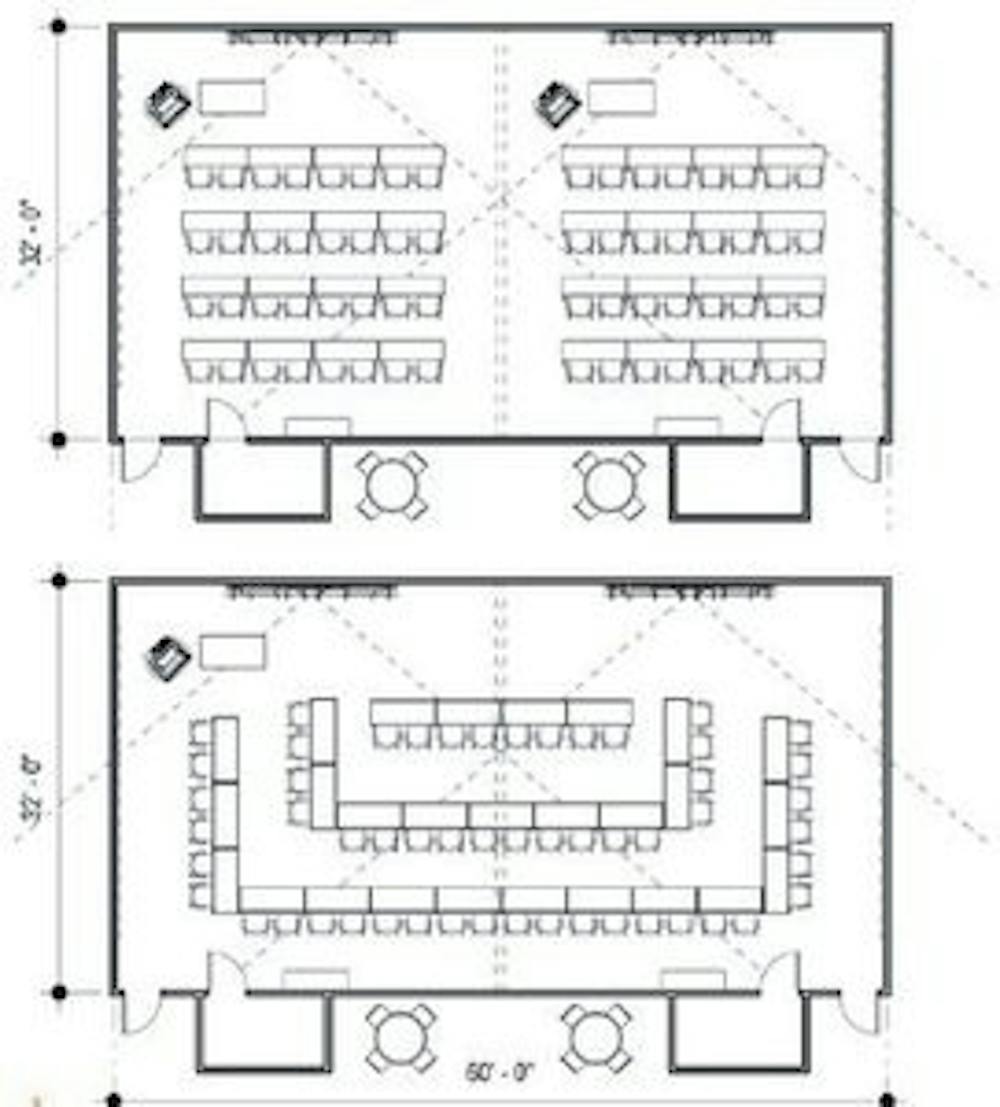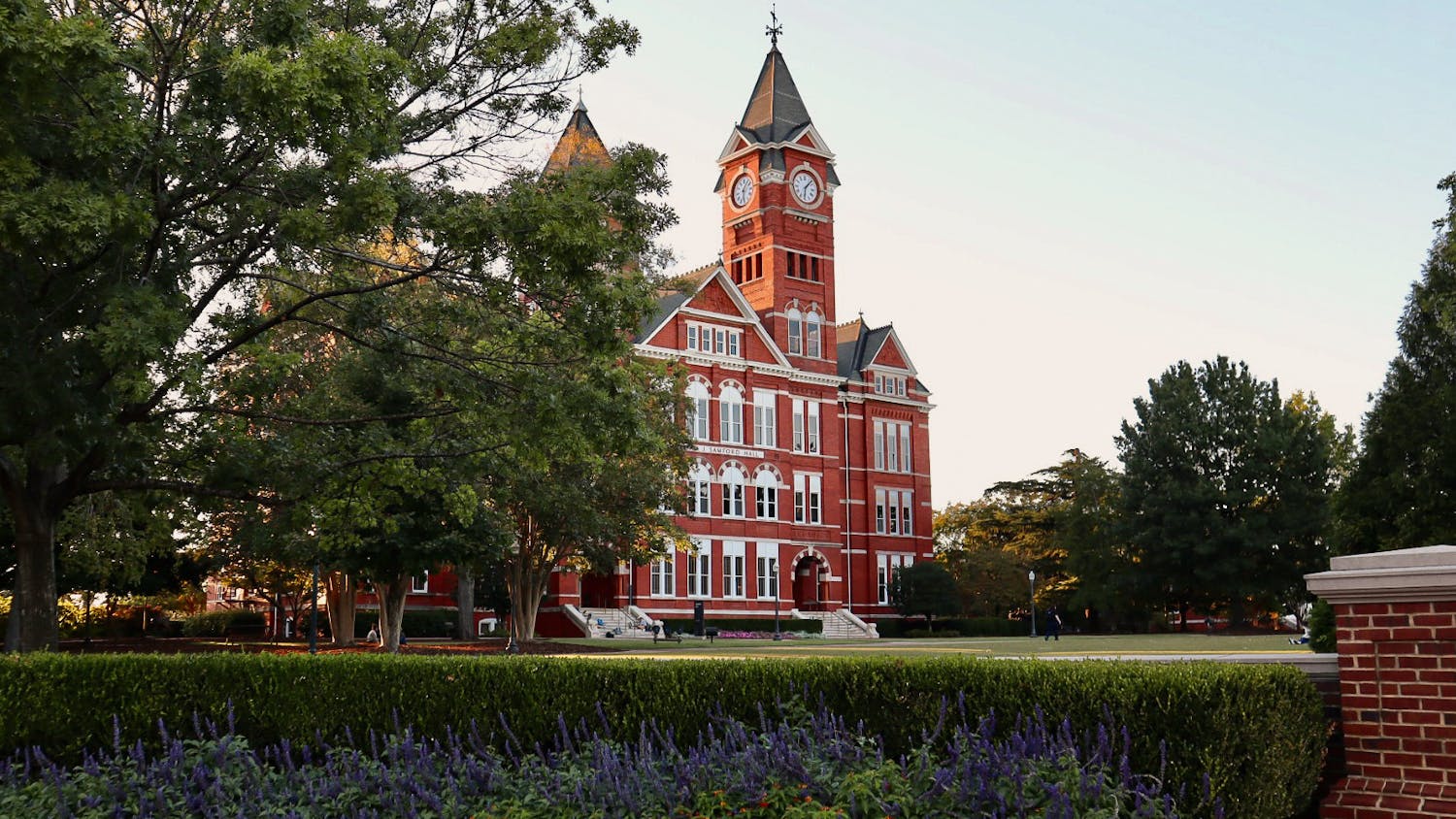Haley Center will soon be rivaled by a new building in order to accommodate up-to-date facilities and technologies.
A new central classroom facility is among the numerous objectives that facilities management hopes to complete by 2020.
These objectives also include updating Haley Center, along with many other older buildings on campus, to add new and more innovative features.
The other buildings on campus targeted for improvement are Parker Hall, Allison Hall, Spidle Hall, Funchess Hall and Upchurch Hall.
Comer Hall, the textile engineering building, Mary Martin Hall, Dudley Hall and Greene Hall are expected to be renovated between 2011 and 2020 as well, said Jim Carroll, committee member representing facilities management.
The central classroom facility does not have a set place for construction on campus yet, but is expected to be about 160,000 square feet, which is approximately three times smaller than the Haley Center, said Emmett Winn, chairman of the central classroom facility program committee and associate provost.
“There are no specific dates of the start or end of the construction at this time,” Carroll said.
The new central classroom facility will have many modern features, including four different styles of learning spaces, such as tiered lecture classrooms, flat lecture classrooms, flat flexible classrooms and problem-based learning classrooms.
The tiered lecture classroom will come in two sizes, one with a 170-student limit, and the other with a 300-student limit and will include a wheelchair-accessible ramp down one side.
The flat lecture classrooms will hold up to 120 students and will give the students more space to work. They will also allow the option to move the tables around to accommodate any teaching style.
The problem-based learning classrooms will hold between 36 and 72 students.
This type of classroom is set up in a group format in which three groups of three students will sit at the same round table to work together in class.
“The committee has looked at many different universities for which types of classrooms work best, including MIT, North Carolina State, Emory University and Georgia Tech,” Carroll said.
The classrooms in the new building are planned to not only replace the current classrooms in Haley Center and Parker Hall but also to reimagine classroom collaboration for current and future generations of students and faculty at Auburn University, Carroll said.
Core classes from all colleges will be taught in the new building.
Another option the committee looked at was adding more informal learning spaces.
“It’s a way for the students and teachers to better communicate with each other after class, instead of blocking the hallways,” Winn said.
The new building will also be stocked with computer plugs for students to charge their laptops while in class.
Along with extra technological amenities, each classroom in the new building will have all available wall space covered by whiteboards.
When the committee members, including SGA President Owen Parrish, visited other universities, they noticed most of the classrooms were covered with writing space.
“There wasn’t any space that you couldn’t write on,” Parrish said. “Also, on each individual table in lecture halls, there were projectors so you could write on a piece of paper and project that.”
Collier Tynes, SGA chief of staff, remarked to the committee about the lack of light in the Haley Center and how important that is to students.
“I know that every classroom that I’ve been in did not have a window, which makes it difficult to learn in,” Tynes said.
Carroll said every classroom in the new building would have room for windows in the design.
Winn does not want faculty and students to think they are building another Haley Center.
“This building will not have labs or faculty offices,” Winn said. “This is strictly a classroom building.
Winn and other committee members hope to make this new academic building as state-of-the-art and student friendly as possible.
Do you like this story? The Plainsman doesn't accept money from tuition or student fees, and we don't charge a subscription fee. But you can donate to support The Plainsman.





